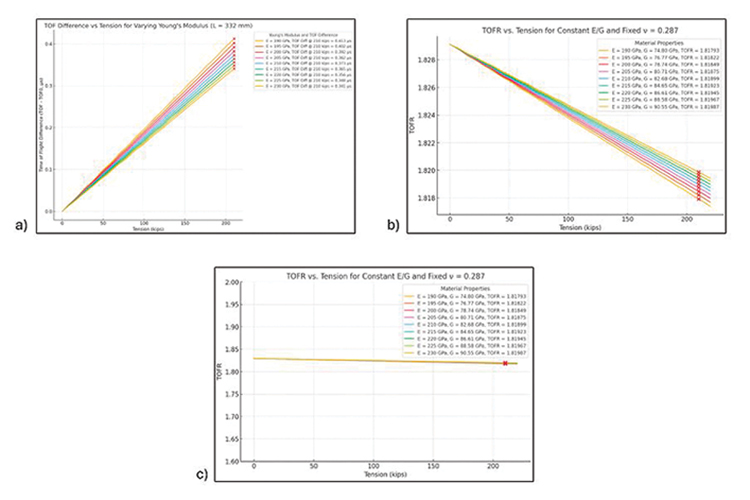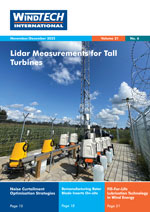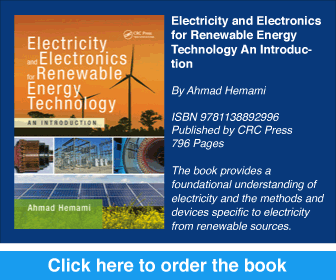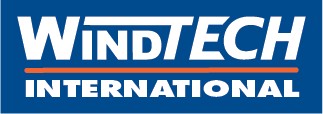Utilising Bi-Wave Ultrasonics and Machine Learning
Maintaining bolt preload is critical to ensure the structural integrity of a wind turbine. Current non-destructive testing approaches for estimating bolt tension, such as ultrasonic elongation measurements, are impractical on a large scale for new and in situ bolts. However, the limitations of elongation measurement techniques (untensioned baseline measurements, compounding errors from material and environmental variation, and complex calibrations) can be overcome by combining bi-wave ultrasonics technology and machine learning.

By Joshua Scott, Director of Research and Innovation, Predictant, USA










